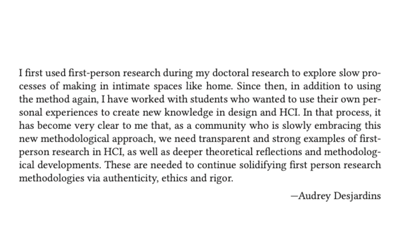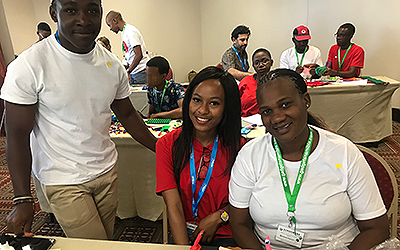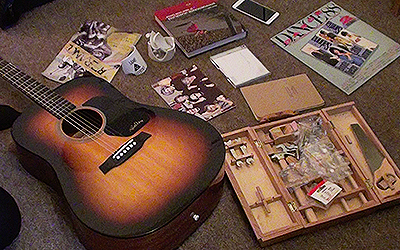Circo Flatus was created with the aim to develop a reading habit in children between 8 and 11 years of age. Our strategy to motivate children to improve their reading and writing skills consisted of designing activities that consider three aspects: first, that acknowledge individual differences in the learning process of children by integrating Howard Gardner’s Multiple Intelligence theory; second, that support children in achieving their goals by including principles of Persuasion; and third by including Papelucho, a Chilean children's literary character, as means to reach children in a way that was appealing to them.

The circus ring (shown above) consists of objects that Papelucho picked from the abandoned circus trailer at the top of the hill. Each object represents an act of the circus and one of Gardner's seven Multiple Intelligences. For example, the stool represents the Lion Tamer act and the bodily-kinaesthetic intelligence. Once a given object has been chosen by a child, Papelucho places it in the middle of the circus ring to begin the preparation process of the act.

The circus trailer (shown above) is a transit space where children pick three activities. Children can take the ladder up to the roof to read, go down the hat to write, or take the hatchway down to the basement where children create a product to help Papelucho prepare an act.

In the reading activity (shown above), a lettery (starry) night provides the perfect background for children to read a day in the life of Papelucho. The text is closely related to the act and intelligence chosen. Children can receive assistance in reading by means of a karaoke mode where the passage is read to them out loud while text is highlighted.

In the writing activity (shown above), Papelucho is disguised as the fortune (story) teller who, with the use of a crystal ball, proposes three random concepts related to Papelucho (i.e., character, place, and object) and the chosen intelligence. Children must link these three concepts into a story that they write down away from the computer on a physical notebook called the Fortune-Teller book.

If children decide to create a product (shown above), they help Papelucho to get his act ready using simple elements they can find at school or at home. For example, in the bodily-kinaesthetic intelligence, children follow a step-by-step tutorial on how to build an Origami figure of an animal of their choice for Papelucho to tame. Later, teachers can print a similar one-page step-by-step manual so that children can build another animal at home without the need of a computer.

In the final act (shown above), Papelucho performs the Lion Tamer act to offer children praise for building the animal. We create a continuum between building origami at school with the assistance of a computer and at home with the help of printed material. A similar continuum is created by reading another day in the life of Papelucho at school on the computer and by taking a physical book home.

After the final Lion Tamer act, we attempt to motivate children to read books by offering suggestions based on a list of books (shown above) that are directly related to their preferences (i.e., the animal children chose to build as an Origami figure) and that are available at school for children to borrow them.










































